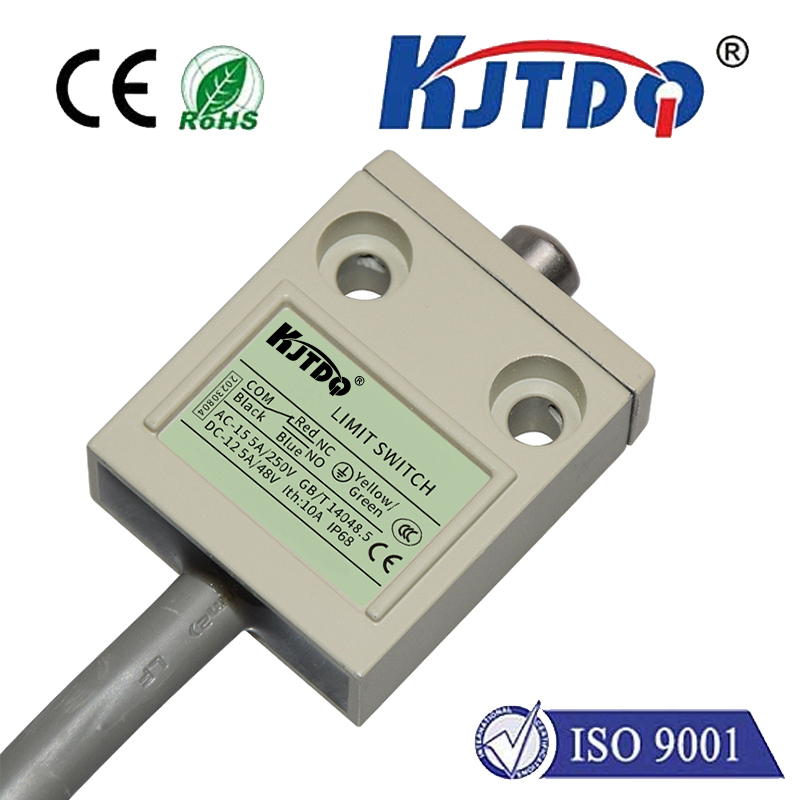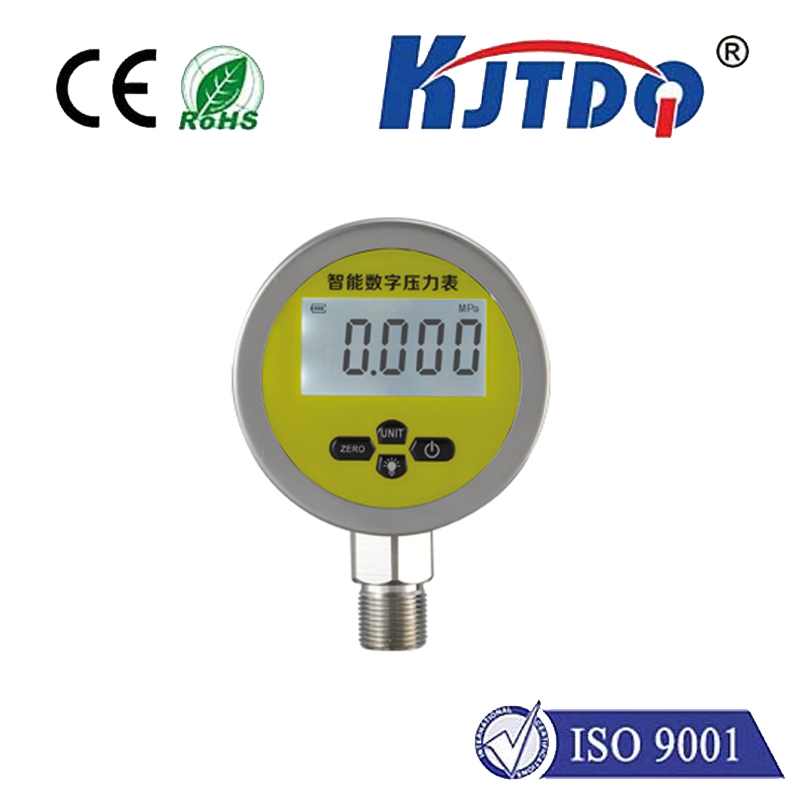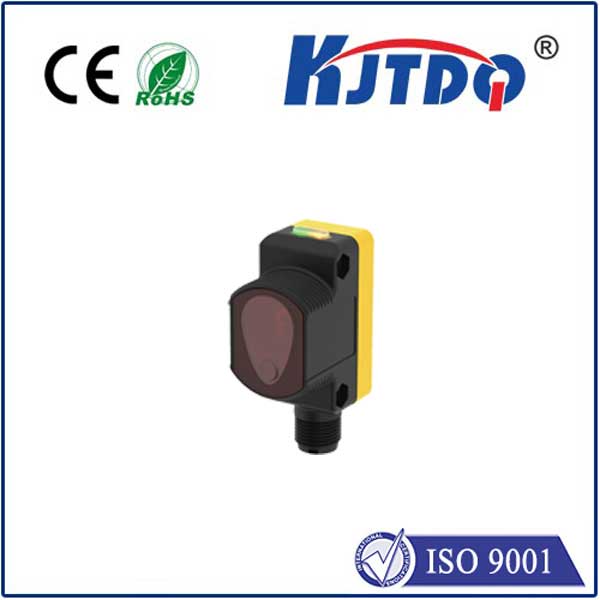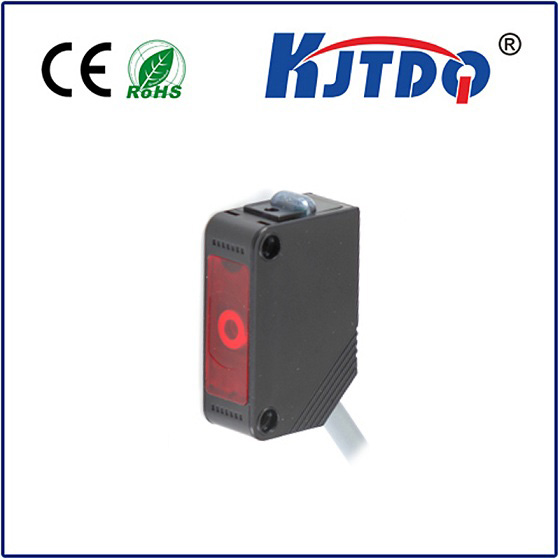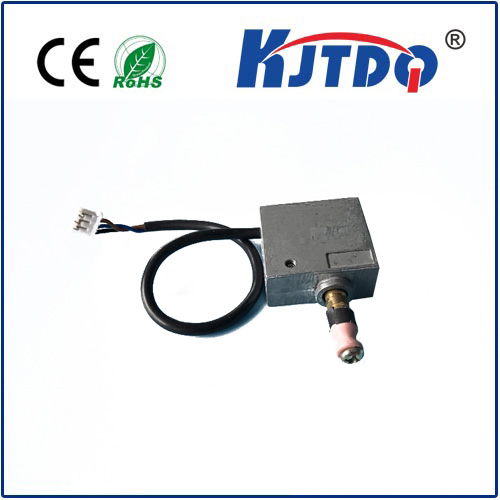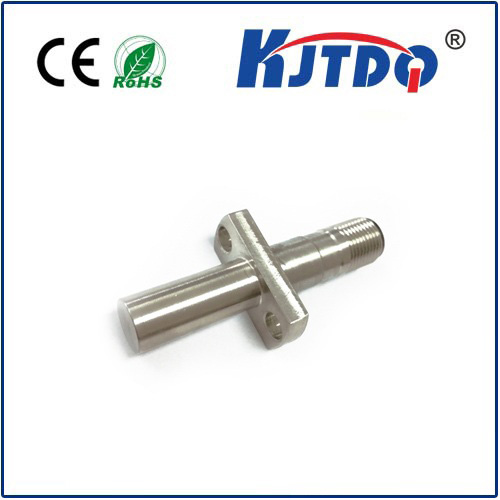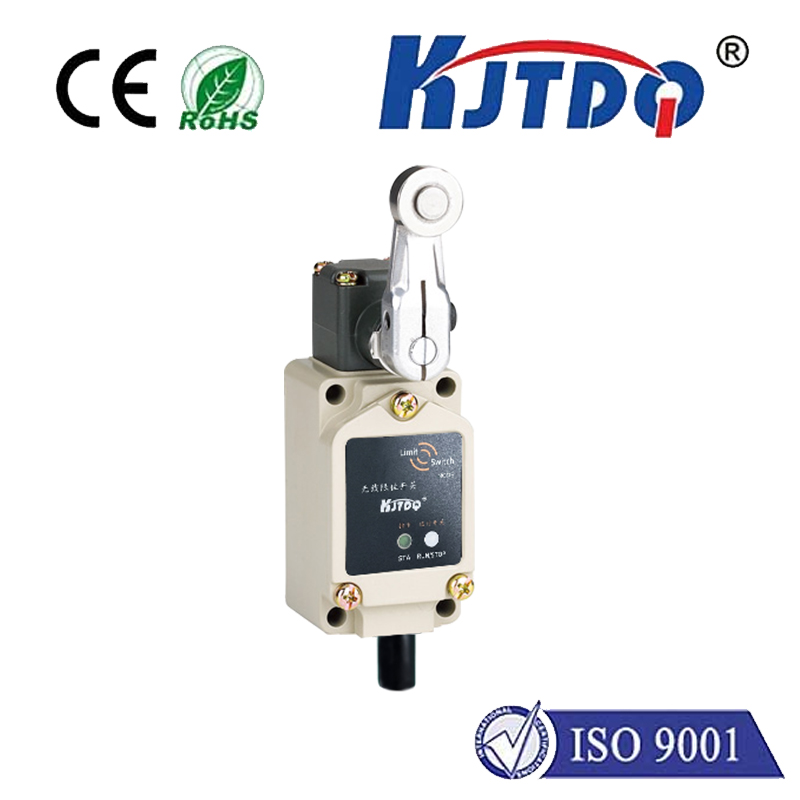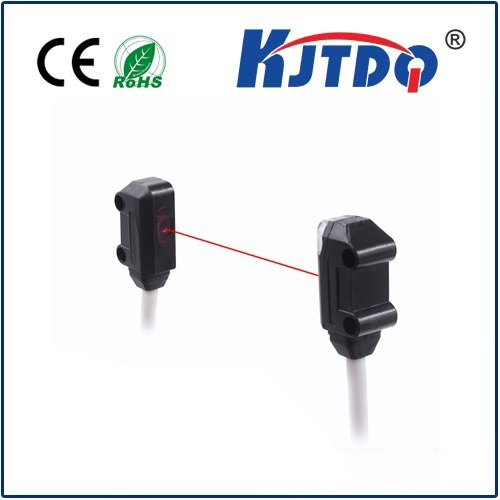
check

check

check

check
Limit Switch DC Motor Control: A Comprehensive Guide
When it comes to controlling the motion of a DC motor, limit switches play a crucial role. In this article, we will explore how limit switches are used in conjunction with DC motor control systems to achieve precise and reliable positioning and speed regulation.
What is a Limit Switch?
A limit switch is an electromechanical device that senses the presence or absence of an object, typically by means of a physical contact. It consists of an actuator, a set of contacts, and a housing. When the actuator is triggered by a change in its environment, such as reaching a certain position or encountering an obstacle, it activates the contacts, which can then be used to control other devices or systems.
How Do Limit Switches Work with DC Motors?
In DC motor applications, limit switches are often used to detect the end positions of linear or rotary motions. When the motor reaches a predefined limit or boundary, the corresponding limit switch is activated, triggering a signal that can be used to stop or reverse the motor's direction. This mechanism is essential for preventing damage to mechanical components and ensuring accurate positioning.

Types of Limit Switches in DC Motor Control
There are several types of limit switches available for use in DC motor control systems, including mechanical, optical, magnetic, and ultrasonic switches. Each type has its advantages and disadvantages based on factors such as accuracy, durability, cost, and compatibility with different environments.
Mechanical limit switches are the most common type used in DC motor applications. They rely on physical contact between the actuator and an object to trigger a signal. These switches are generally reliable and easy to install but may require regular maintenance due to wear and tear from repeated operations.
Optical limit switches use light beams or lasers to detect objects without physical contact. They offer high precision and reliability but may be sensitive to dust, fog, or other environmental factors that can interfere with their operation.
Magnetic limit switches employ magnets and Hall effect sensors to detect the presence of metal objects. They are well-suited for harsh environments where mechanical switches may not perform reliably. However, they require careful placement and tuning to ensure accurate detection.
Ultrasonic limit switches use sound waves to measure distances and detect objects. They are highly versatile and can work effectively in various conditions, including those with high humidity or temperature fluctuations. However, they may be more expensive than other types of limit switches.
Integrating Limit Switches into DC Motor Control Systems
To integrate limit switches into a DC motor control system effectively, several factors must be considered, including the type of switches required, their placement within the system, and the control logic needed to interpret their signals correctly. Additionally, proper wiring and power supply arrangements must be made to ensure reliable operation and prevent false triggering or damage to the switches.
Advantages of Using Limit Switches in DC Motor Control
The use of limit switches in DC motor control offers several benefits, including improved accuracy, increased safety, and enhanced reliability. By providing feedback on the position and movement of the motor, limit switches help to prevent overtravel or undershooting of targets, reducing the risk of collisions or other accidents. Furthermore, they can help extend the lifespan of mechanical components by minimizing stress and strain during operation.
Conclusion
In conclusion, limit switches play a critical role in DC motor control systems by providing accurate positioning information and ensuring safe and reliable operation. By selecting the appropriate type of switch and integrating it effectively into your system, you can achieve precise control over your motor's motion while protecting against damage and extending the lifespan of your equipment. Whether you're working on a simple project or a complex industrial application, incorporating limit switches into your DC motor control strategy is an essential step towards achieving success.

